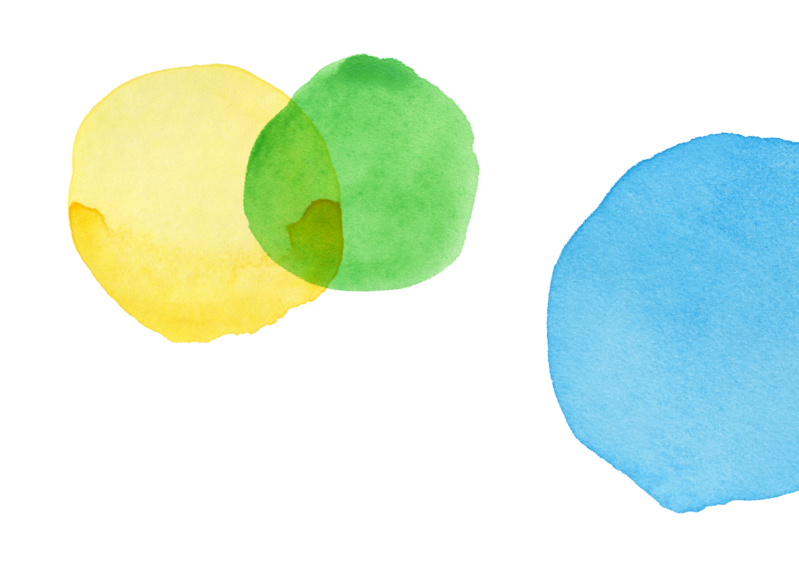Grade 7 - Claim 1 - Target I

 Back to Results
Back to ResultsMathematics
Target I
Investigate chance processes and develop, use, and evaluate probability models.
Sample Item
Grade 7Test
Claim 1
Concepts and Procedures
Standards
SP-5
Understand that the probability of a chance event is a number between 0 and 1 that expresses the likelihood of the event occurring. Larger numbers indicate greater likelihood. A probability near 0...
SP-6
Approximate the probability of a chance event by collecting data on the chance process that produces it and observing its long-run relative frequency, and predict the approximate relative frequency given the probability. For...
SP-7
Develop a probability model and use it to find probabilities of events. Compare probabilities from a model to observed frequencies; if the agreement is not good, explain possible sources of the...
SP-7a
Develop a uniform probability model by assigning equal probability to all outcomes, and use the model to determine probabilities of events. For example, if a student is selected at random from a class,...
SP-7b
Develop a probability model (which may not be uniform) by observing frequencies in data generated from a chance process. For example, find the approximate probability that a spinning penny will land heads up...
SP-8
Find probabilities of compound events using organized lists, tables, tree diagrams, and simulation.
SP-8a
Understand that, just as with simple events, the probability of a compound event is the fraction of outcomes in the sample space for which the compound event occurs.
SP-8b
Represent sample spaces for compound events using methods such as organized lists, tables and tree diagrams. For an event described in everyday language (e.g., "rolling double sixes"), identify the outcomes in the...
SP-8c
Design and use a simulation to generate frequencies for compound events. For example, use random digits as a simulation tool to approximate the answer to the question: If 40% of donors have type...
Clarifications
Tasks for this target will ask students to find probabilities of events, including compound events, with some focusing specifically on understanding the likelihood of an event as a probability between 0 and 1. Some...
Range Achievement Level Descriptors
Evidence Required
1
The student understands the likelihood of an event as a probability between 0 and 1.
2
The student finds probabilities of simple events.
3
The student compares predicted probabilities to observed frequencies.
4
The student finds probabilities of compound events.
Item Guidelines

Depth of Knowledge
M-DOK1
Recall includes the recall of information such as fact, definition, term, or a simple procedure, as well as performing a simple algorithm or applying a formula. That is, in mathematics a one-step, well-defined, and straight algorithmic procedure should be...
M-DOK2
Skill/Concept includes the engagement of some mental processing beyond a habitual response. A Level 2 assessment item requires students to make some decisions as to how to approach the problem or activity, whereas Level 1 requires students to demonstrate a...
Allowable Item Types
- Matching Tables
- Multiple Choice, single correct response
- Equation/Numeric
Allowable Stimulus Materials
tables, lists, tree diagrams, probability line
Key/Construct Relevant Vocabulary
single event, compound event, probability model, tree diagram, outcome, frequencies
Allowable Tools
Calculator
Target-Specific Attributes
None
Accessibility
Item writers should consider the following Language and Visual Element/Design guidelines [1] when developing items. Language Key Considerations: Use simple, clear, and easy-to-understand language needed to assess the construct or aid in the understanding of the...
Development Notes
7.SP.C.7 Develop a probability model and use it to find probabilities of events. Compare probabilities from a model to observed frequencies; if the agreement is not good, explain possible sources of the discrepancy will...


Task Models
Task Model 1

Item Types
Matching TablesDepth of Knowledge
M-DOK1Standards
SP-5
Target Evidence Statement
The student understands the likelihood of an event as a probability between 0 and 1.
Allowable Tools
Calculator
Task Description
Prompt Features: The student is prompted to identify the likelihood of an event based on a uniform probability model. Stimulus Guidelines: Context should be familiar to students 12–14 years old. Item difficulty can be adjusted via these...
Stimulus
The student is presented with a description of an event.
Example 1
Example Stem: A deck of 12 cards labeled 1 through 12 is shuffled. One card is selected at random.
Determine whether each statement correctly describes the likelihood of an event based on the given deck of cards. Select True or False for each statement.
| Statement | True | False |
|---|---|---|
| It is impossible that a card with a number greater than 13 is selected. | ||
| It is likely that a card with a number greater than 2 is selected. | ||
| It is certain that a card with an odd or even number is selected. | ||
| It is unlikely that a card with a number less than 7 is selected. |
Rubric: (1 point) Student selects True for all correct statements and False for all incorrect statements (e.g., T, T, T, F). False statements will show little or no understand of the likelihood of an event occurring. Any false statement that is within 0.1 of equally likely should not be used as unlikely (0.4–0.5) or likely (0.5–0.6).

